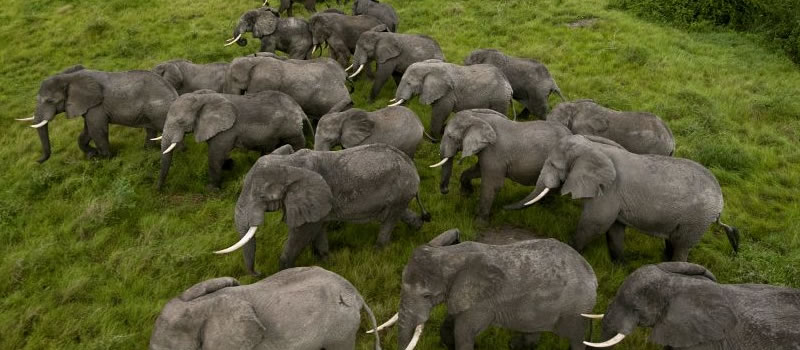
foothills of the Rwenzori (Mountains of the Moon) range in the north, along the shores of Lake Edward to the remote Ishasha River in the south, incorporating a wide variety of that range from Savanna and wetlands to gallery and lowland forest. The Park boasts of 606 species the largest of any protected area in Africa.
The main camp at Mweya is attractively positioned on a peninsular separating the Kazinga Channel from Lake Edward, with fine views of the Rwenzori Mountains to the north and spectacular sunsets over the lake. An advantage of the camp area is that one is not restricted to a vehicle and a number of wide spread, bush-associated species may easily be seen. Watch for the African Mourning Dove, Grey-headed Kingfisher, Swamp Flycatcher, grey-capped Warbler, the beautiful Black-headed Gonolek, Red-chested Sunbird, Slender-billed and Lesser Masked Weavers
The Kazinga Channel is a natural magnet for water birds and, in the vicinity of Mweya, acts as migrant trap for birds moving along the Albertine Rift. Using the Launch cruise one can see a variety of water related species on the channel: Great White and Pink-backed Pelicans, Great and long-tailed Cormorants, Common Squacco Heron, African Open and Saddle billed Storks, White-faced Whistling and Knob-billed Ducks, African Fish Eagle, Black Crake, African Jacana, Water Thick Knee, Spur-winged and African Wattled Lapwings, Malachite and Pied kingfishers